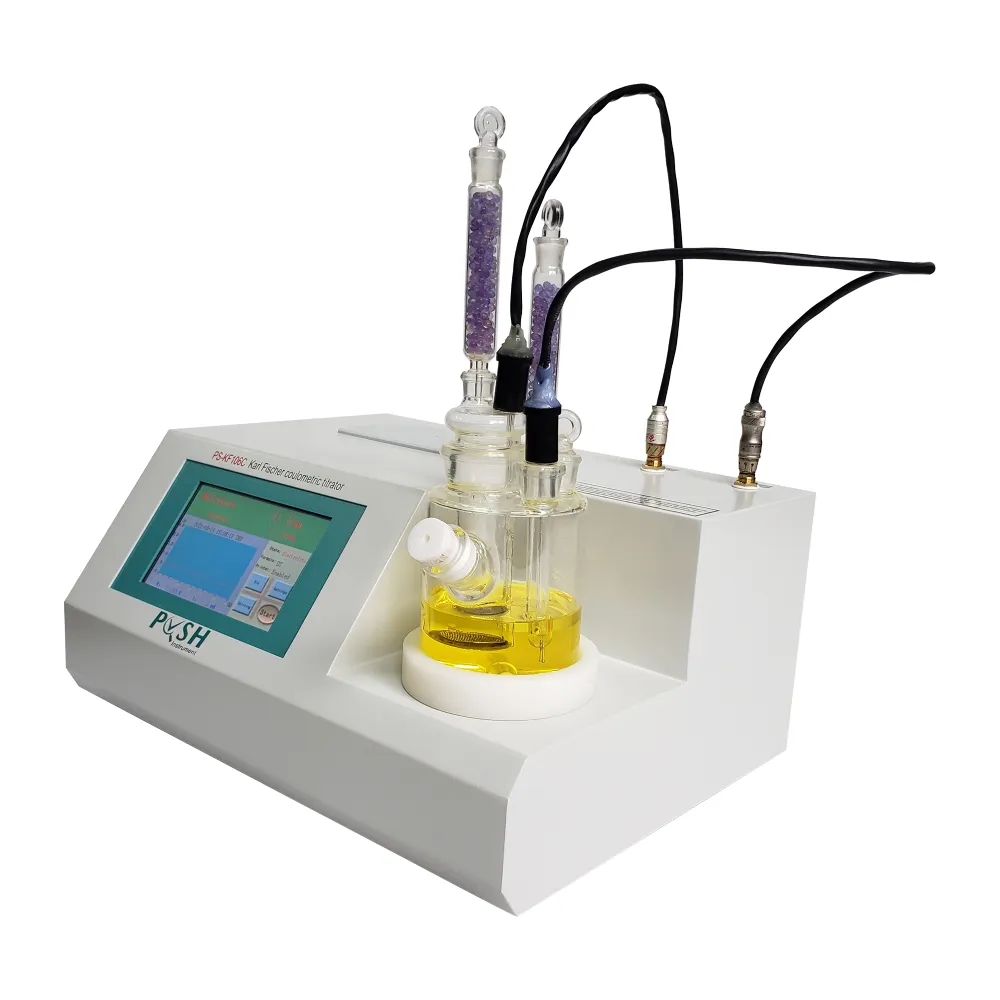 English
English


Zero Sequence Test Procedures for Transformer Performance Evaluation and Analysis
Zero Sequence Test of Transformers An Overview
The zero sequence test is a crucial diagnostic procedure for assessing the insulation integrity and operational functionality of transformers. This test revolves around analyzing the behavior of zero sequence currents, which facilitate the detection of issues that may not be apparent through standard testing methods. Understanding how this test is conducted and its significance can aid engineers and technicians in ensuring the reliability and longevity of transformer systems.
Transformers are predominantly used in electrical networks to step up or step down voltage levels. As with any electrical equipment, they are subject to potential faults, which can lead to costly downtimes or even catastrophic failures. Therefore, regular testing and maintenance are essential to ensure their efficient operation. One of the key characteristics of transformers is how they respond to zero sequence currents, which occur when there is an imbalance in the three-phase system.
The zero sequence test is primarily performed using a three-phase transformer connection. In a healthy transformer, the zero sequence impedance, which reflects the relationship between current and voltage during such imbalances, should be consistent and within specified limits. The test typically involves applying a three-phase voltage or current source while measuring how the transformer responds. This can reveal crucial information regarding the transformer's insulation status, grounding connection, and resistance to earth faults.
zero sequence test of transformer

Conducting a zero sequence test involves several steps. First, it is essential to isolate the transformer to avoid interference from other equipment. Once isolated, the technician applies a zero sequence voltage to the transformer’s primary winding while measuring the current that flows. The results are then analyzed to determine the zero sequence impedance. If the impedance deviates significantly from expected values, it may indicate issues such as insulation failure or winding shorts, allowing for timely maintenance actions.
One of the significant advantages of the zero sequence test is its ability to detect ground faults that may not cause apparent phase imbalance
. Given that ground faults can occur without significant changes in phase currents, this test serves as a preventive measure to identify potential risks before they manifest into serious failures.Moreover, the zero sequence test is not only limited to transformers; it can also be applicable in various electrical systems where grounding issues may arise. For example, it can be performed in generators, motors, and transmission lines to ensure comprehensive system health.
In conclusion, the zero sequence test is an indispensable tool for ensuring the effective operation of transformers and similar equipment. It provides insights into insulation integrity and helps identify potential faults that are not easily detected through conventional testing methods. Regular execution of this test contributes to the safety and reliability of electrical systems, thereby preventing unexpected failures and costly repairs. As technology evolves, enhancing the precision and efficiency of the zero sequence test will remain a focal point in the maintenance practices of electrical engineering.
-
Differences between open cup flash point tester and closed cup flash point testerNewsOct.31,2024
-
The Reliable Load Tap ChangerNewsOct.23,2024
-
The Essential Guide to Hipot TestersNewsOct.23,2024
-
The Digital Insulation TesterNewsOct.23,2024
-
The Best Earth Loop Impedance Tester for SaleNewsOct.23,2024
-
Tan Delta Tester--The Essential Tool for Electrical Insulation TestingNewsOct.23,2024





